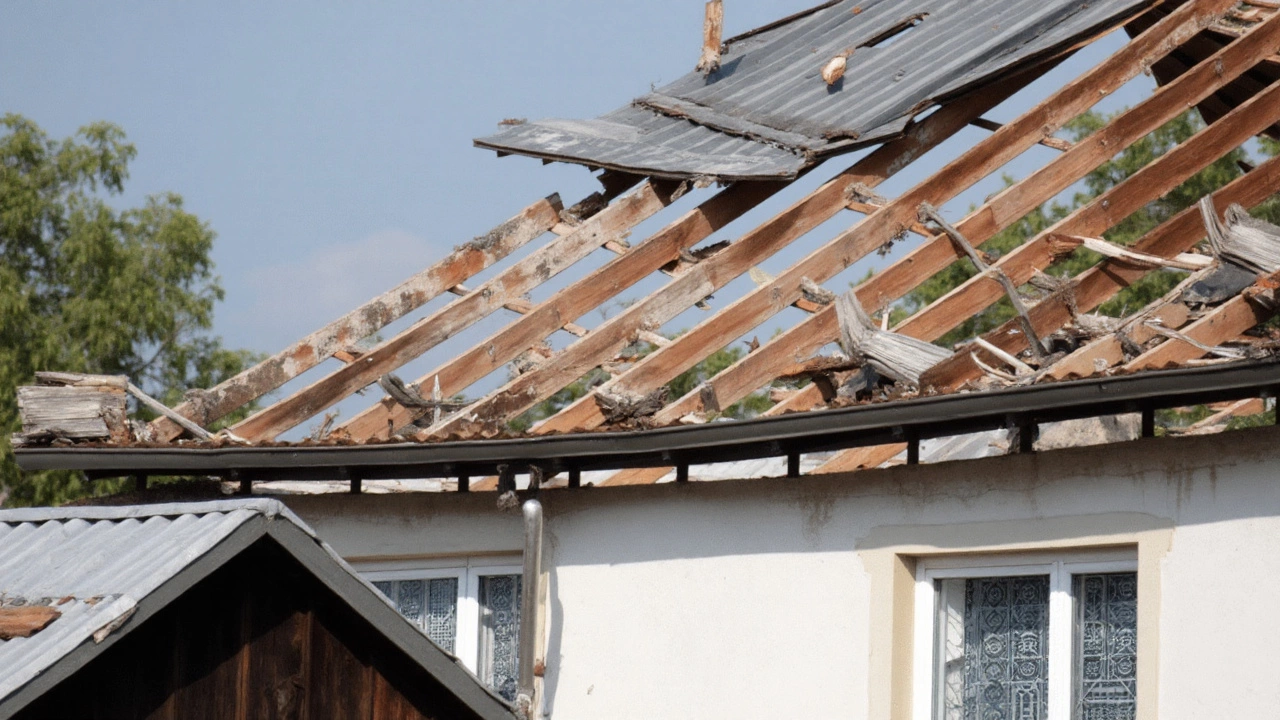What happened overnight
Poland says it intercepted and shot down multiple Russian kamikaze drones that crossed into Polish airspace late on Sept. 9, in an incident Warsaw is calling the most serious breach of Alliance territory since Russia’s full-scale invasion of Ukraine began. Between 19 and 23 drones entered Poland around 11:30 p.m. local time during a wider Russian strike on Ukrainian cities, according to Polish authorities. It’s the first time since 2022 that Russian military assets have been destroyed over NATO soil.
Prime Minister Donald Tusk didn’t mince words. He described a “huge number” of intruding drones and labeled the operation “a large-scale provocation.” He said that jets engaged only those aircraft that posed a direct threat, and confirmed that there were no reported casualties on the ground.
The response was fast. Poland scrambled F-16s and F-35s and activated its Quick Reaction Alert posture, which keeps fighters on standby to react within minutes. Allied jets joined in. F-35s from the Royal Netherlands Air Force, temporarily based at Poznan Krzesiny for the Alliance’s Air Policing mission, took part in the interceptions. Early reports in Warsaw suggest Dutch pilots downed a majority of the drones, while Polish fighters neutralized the rest.
As the operation unfolded, Poland shut the skies above key airports, including Warsaw Chopin, Warsaw Modlin, Rzeszów–Jasionka, and Lublin. Flight paths were rerouted and departures paused while the drones were tracked and engaged. The closures lasted through the night and into early morning as commanders ensured no remaining threats were inbound.
Deputy Prime Minister Radosław Sikorski called it “an unprecedented case of an attack not only on the territory of Poland but also on the territory of NATO and the EU.” In quick succession, Warsaw triggered Article 4, the consultation clause that allows any Ally to request a meeting when its security or territorial integrity feels threatened. That moves the issue to the North Atlantic Council, where ambassadors discuss risk, evidence, and next steps.
Defense analysts who reviewed videos and preliminary data said the incursion looked deliberate, not accidental. Justin Bronk of RUSI and Justin Crump of Sibylline told BBC Verify that the number of drones and their tracks suggest intention. Polish reporting identified some of the loitering munitions as “Gerbera-type” kamikaze drones—a term used in early official notes—part of the same family Russia has relied on to pressure Ukrainian air defenses.
The immediate impact on the ground in Poland was limited. There were no injuries, no fires, no debris striking homes. But the symbolism is heavy: Russian weapons crossed into Allied territory and were shot down by Allied pilots. For Warsaw, that red line matters more than the kill count.
Why it matters and what comes next
Article 4 isn’t a tripwire for war. It’s the “everyone in the room now” button. Poland’s move forces a structured Allied conversation about risk, responsibility, and deterrence. The Council can issue statements, adjust air policing, tweak rules of engagement, or move assets. What it won’t do by default is jump to Article 5, the collective defense clause, unless Allies agree that an armed attack has clearly occurred.
The legal line is tricky with drones. Under international law, a state’s airspace is sovereign. Unmanned aircraft crossing borders without consent are a violation. The question Allies will weigh is intent and scale. Was this a spillover from strikes on Ukraine, or a pressure test of NATO’s perimeter? The data—entry points, flight profiles, intercept logs—will matter for that call.
The timing also matters. Russia has repeatedly used waves of loitering munitions and cruise missiles to stress Ukraine’s power grid and industry. Those waves often skim close to allied borders. Poland has chased multiple missile and drone incursions since 2022, many brief and hard to engage. What changed this time is the volume and the decision to shoot down several over Polish territory.
For Warsaw, that decision serves two purposes: deny risk to civilians and broadcast resolve. The Polish Air Force has been building toward this moment—integrating F-16s with new F-35s, expanding radar coverage, and networking with allied command-and-control. Quick Reaction Alert is the backbone of that posture. The mission keeps crews on short tether, fuel pumps primed, and pilots briefed to launch within minutes, day or night.
Still, the incident exposed gaps. The newspaper Rzeczpospolita reported that Poland’s “SkyCTRL” counter-drone upgrade has been stuck for 18 months over funding, leaving pieces of the system offline. SkyCTRL is meant to tie together sensors, jammers, and short-range interceptors—exactly the kit designed to swat slow, low drones before they reach cities. If the report holds, budget delays now look costly, and the Defense Ministry faces pressure to fast-track cash and contracts. Even with money, though, fielding takes months: you need integration, testing, training, and secure comms.
The broader air-defense picture is layered, by design. Poland has been buying Patriot batteries under the Wisła program to intercept high-end threats at medium to long range. The Narew program covers the short to medium layer with surface-to-air missiles against cruise missiles and aircraft. Pilica+ adds very short-range guns and missiles to protect bases. Counter-drone suites like SkyCTRL sit even lower—detecting, jamming, or physically hitting small, slow profiles. For a mixed wave of loitering munitions, you need the bottom layers sharp and ready; intercepting every drone with fighters is expensive and ties up jets needed for other missions.
NATO planning now faces three immediate tasks. First, shore up the eastern air picture, especially along Poland’s southeastern corridor where Ukrainian air battles often spill close. Second, refine rules of engagement so pilots know exactly when to fire and where to shepherd stray drones to minimize risk. Third, communicate clearly with the public and markets; airport closures and nighttime intercepts spook people and disrupt commerce if they become routine.
Allies have playbooks from past scares. Turkey invoked Article 4 multiple times over Syria in 2012 and 2015, leading to NATO deployments of air defenses and AWACS. Poland requested consultations in November 2022 after a missile killed two people in Przewodów near the Ukrainian border—an event later assessed as a Ukrainian air-defense missile fired during a Russian barrage. Those episodes show how consultations can de-escalate by tightening defenses and clarifying facts without rushing to collective defense.
Deterrence is partly hardware, partly messaging. Russia watches how the Alliance reacts—the speed of deployments, the firmness of statements, the steadiness of markets. A calm, coordinated response is itself a signal. That’s why the Dutch F-35 participation matters. Air policing isn’t just flag-flying; it’s a ready force with sensors, stealth, and long-range eyes that can quietly change an adversary’s calculus.
There’s also a gray-zone angle. Drone incursions give the Kremlin room for deniability: a misroute here, a GPS spoof there, a “technical malfunction.” But scale is hard to explain away. When two dozen loitering munitions wander into a neighbor’s airspace during a coordinated strike, planners know that’s not a glitch. The point may be to probe the cost-benefit for Allies: will they expend expensive missiles and flight hours on cheap drones? The answer so far appears to be yes—if those drones threaten people or critical infrastructure.
Economics creep into everything. Intercepting with fighters burns fuel and hours on airframes that are costly to maintain. Using Patriot-class missiles against small drones is even less efficient. That’s why Warsaw’s counter-drone delays sting: low-cost threats need lower-cost answers, from jammers and spoofers to guns and short-range missiles. Expect a budget shuffle in Warsaw to push these systems higher up the list, along with more mobile radars and tethered aerostats to look low and far.
On the civil side, airports will revisit their continuity plans. Nighttime closures ripple through schedules for days. Expect more layered NOTAM procedures, pre-cleared diversion airports, and tighter coordination between air-traffic controllers and air-defense units. The goal is to keep the skies safe without overreacting to every ping on the radar.
Ukraine is part of the story even when it’s not in the room. The drones entered Poland amid yet another broadside against Ukrainian infrastructure. As Ukrainian air defenses adapt and improve, Russian planners look for seams—altitudes, headings, and timing that slip past. Border areas, including the Polish edge, become pressure points. Strengthening that seam helps Ukraine and reduces accidental spillover.
What should we watch next? Three signals: the language coming out of the North Atlantic Council after Poland’s Article 4 request; any new deployments to Polish bases—radars, AWACS, additional fighters; and changes to Polish procurement timelines for counter-drone gear. If those three move in tandem, it will show Allies intend to close the window this incursion tried to pry open.
Back in Warsaw, officials are keeping their tone measured. Tusk stressed that Allies “are taking the situation very seriously” while avoiding steps that box anyone into a corner. Sikorski’s framing—an attack on Poland, the EU, and the Alliance—sets the stakes without dictating the response. That balance is deliberate. Resolve without panic is the posture NATO has practiced for years on its eastern flank. The night’s interceptions were the clearest test of that posture since the war began.
There’s no sign the airspace along the border will get quieter soon. Contested skies over Ukraine will keep pushing drones and missiles closer to the edges of Allied territory. The job now for Warsaw and its partners is to make those edges harder to cross—and to answer calmly, swiftly, and predictably when someone tries.





